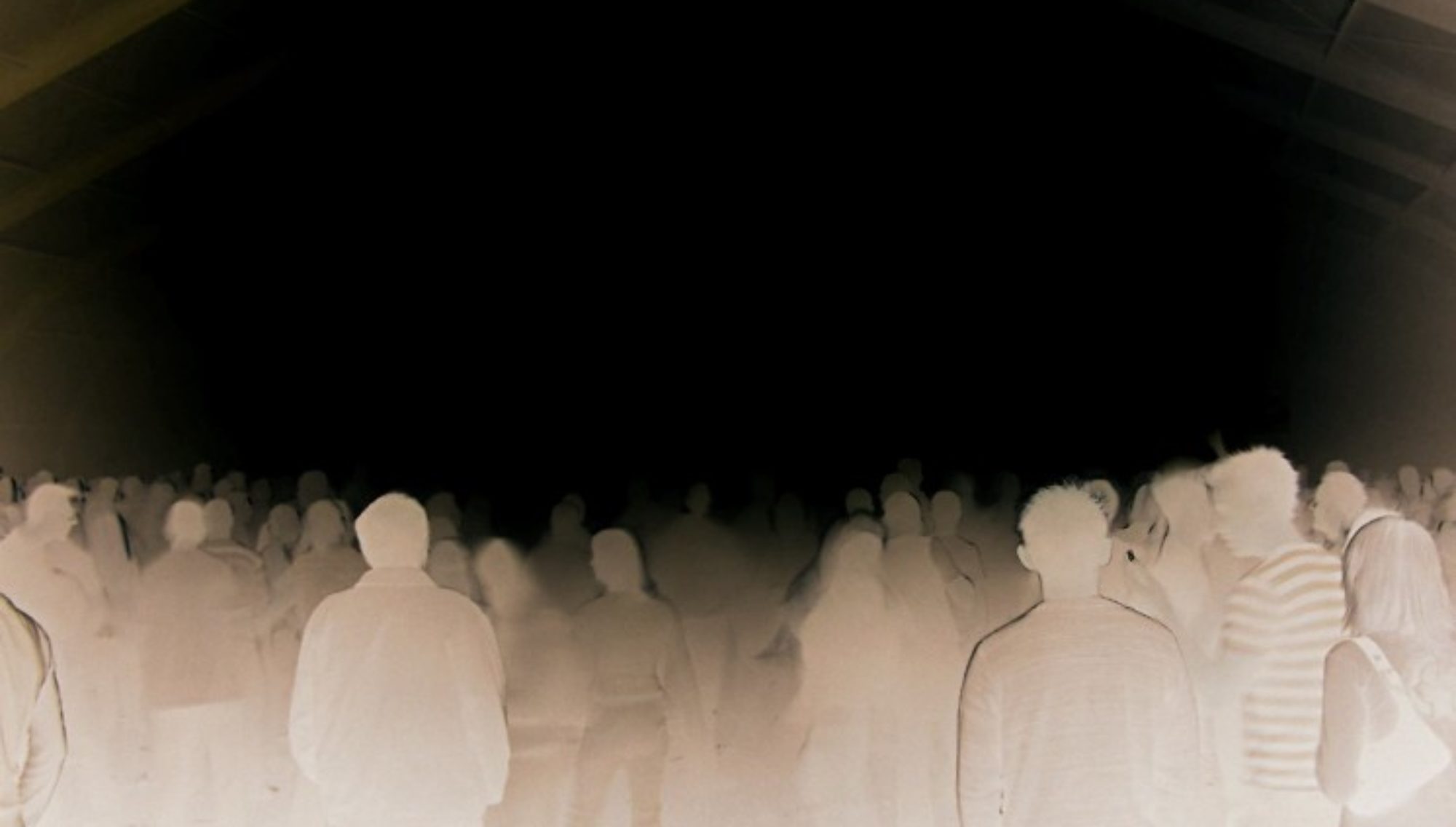Loren Coleman is far and away the most prolific and well-known SynchroMystic on the web today. With over forty book titles to his credit, many of which are on the subject of cryptozoology (i.e., the study of alleged “hidden animals,” like “Big Foot” and the famed “Loch Ness Monster”), Coleman looms large on (what we might call) paranormal wavelengths.
For an introduction to the fascinating possibility that the world’s fauna include more species than those so-far cataloged and on display at your city menagerie, Coleman is the go-to guy.
Among his cryptozoological print offerings are Bigfoot! The True Story of Apes in America (New York: Paraview, 2003), Cryptozoology A to Z (with Jerome Clark, New York: Simon and Schuster, 1999), The Field Guide to Bigfoot and Other Mystery Primates (with Patrick Huyghe, New York: Anomalist, 2006), Monsters of Massachusetts (Mechanicsburg, PA: Stackpole, 2013), and Mysterious America (Kindle Edition, 2007).
He also maintains the cryptozoologically dedicated weblog, CryptoZooNews, and is curator of (and, presumably, docent at) the International Cryptozoology Museum at Thompson’s Point in Portland, Maine.
Of primary interest to us here, however, are the industrious Mr. Coleman’s other, more Fortean and SynchroMystical, researches.
Prominent in this regard are his innumerable posts on the Twilight Language weblog, which boasts well over 4 million total visitors.
The site’s name is a reference to an obscure, symbol-infused “language” that has apparent connections with various, Eastern, religious concepts – especially in certain Buddhist sub-traditions. (See here.)
In his 2004 book, The Copycat Effect: How the Media and Popular Culture Trigger the Mayhem in Tomorrow’s Headlines (New York: Simon and Schuster), Coleman wrote:
“Twilight language” concerns, from psychology, the hidden significance of locations, dates, and other signs; from religious studies, the hidden symbolism that lies in the texture of the incidents; and, from criminology, the profiling insights that have revealed the ritualistic nature of certain crimes and violent incidents.
In Coleman’s estimation, these “hidden significances” are largely discovered (or masked) in “Lexi-Links” (from the Greek léxis, meaning “speech” or “word” and the English “link,” which obviously has to do with the component parts of a chain) or what he elsewhere calls “name games.”
By “name games,” the prodigious Coleman seems to designate odd name-related patterns, or synchronicities, that crop up in newsworthy events from election results and political happenings to school shootings, serial murders, and suicides. The latter seem to occupy a conspicuous place in his thinking, due to a past, personal tragedy. (Incidentally, Coleman identifies 18th-19th-century German writer and Freemason Johann Wolfgang Von Goethe’s 1774 The Sorrows of Young Werther, available in a Dover Thrift Edition, as something of a locus classicus for suicide “copycatting.”)
These bizarre interconnections are perhaps best illustrated as opposed to merely described. The best advice for a person just dipping her toes into this unconventional territory is to simply learn by meditating upon Coleman’s various examples, embedded in his books and online posts.
Coleman seems less concerned with speculating about the possible, metaphysical foundations of “synchronicity,” and more focused upon engaging in and writing about examples of SynchroMysticism. This is evident in his above-mentioned “blogging” activities, which treat faithful readers to a steady diet of curious associations lying beneath interesting, and often world-historic, news events.
To date, Loren Coleman’s major, written statement on these matters is contained in the engrossing, and previously cited, The Copycat Effect, to which interested visitors are referred for further information. Happy reading.

